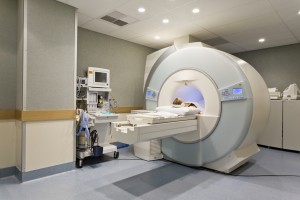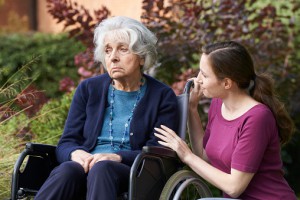 With the weather getting colder and the days getting shorter, snuggling up on the bed or couch and binge watching your favorite TV shows or movies is becoming more appealing. However, long hours of inactivity can increase health risks for obesity, heart disease, and even osteoporosis.
With the weather getting colder and the days getting shorter, snuggling up on the bed or couch and binge watching your favorite TV shows or movies is becoming more appealing. However, long hours of inactivity can increase health risks for obesity, heart disease, and even osteoporosis.
Here are a few tips to stay active while marathoning:
- Jumping Jacks – try doing multiple sets during breaks or even while you watch.
- Side lying leg lifts — While lying on your side, stack your legs and bring them out to a 45 degree angle in front of your body. Flex your feet and lift your top leg slightly higher than you hip and then down. Try doing multiple sets of 20 until you reach 100.
- Sit ups – Lay on the floor and do multiple sets of sit ups until you reach 100.
- Chair poses – For all over toning stand with your feet together and big toes touching. Inhale and lift your arms up until they are perpendicular to the floor. Exhale and sit your hips back down like you’re about to sit in an invisible chair. Bring your thighs as close to parallel with the floor as you can. Hold for 8 to 10 breaths.
- Upper back stretches — Improve your posture and ease tension while sitting on your sofa. Sit with a straight back, stomach held in and feet flat on the floor. Grab your left wrist with your right hand and pull your left wrist to the right until you feel a nice stretch. Keep the stretch for 30 seconds then repeat using the opposite hand.
- Free weights — invest in some free weights and vary some arm exercises like curls or the tricep push. Try low weight and high reps for toning.
No matter how long you binge watch, or how frequently, be sure that you always take the time to exercise for a healthier, happier you.
All content of this newsletter is intended for general information purposes only and is not intended or implied to be a substitute for professional medical advice, diagnosis or treatment. Please consult a medical professional before adopting any of the suggestions on this page. You must never disregard professional medical advice or delay seeking medical treatment based upon any content of this newsletter. PROMPTLY CONSULT YOUR PHYSICIAN OR CALL 911 IF YOU BELIEVE YOU HAVE A MEDICAL EMERGENCY.



 Don’t be afraid to exercise if you are pregnant. As long as you are feeling well, and your doctor approves, it is okay to do some moderate exercising during pregnancy. Exercising is recommended because inactivity is not good for pregnant women. It can lead to excess weight gain, elevated blood pressure, frequent aches and pains, and higher risk of C-sections.
Don’t be afraid to exercise if you are pregnant. As long as you are feeling well, and your doctor approves, it is okay to do some moderate exercising during pregnancy. Exercising is recommended because inactivity is not good for pregnant women. It can lead to excess weight gain, elevated blood pressure, frequent aches and pains, and higher risk of C-sections.





